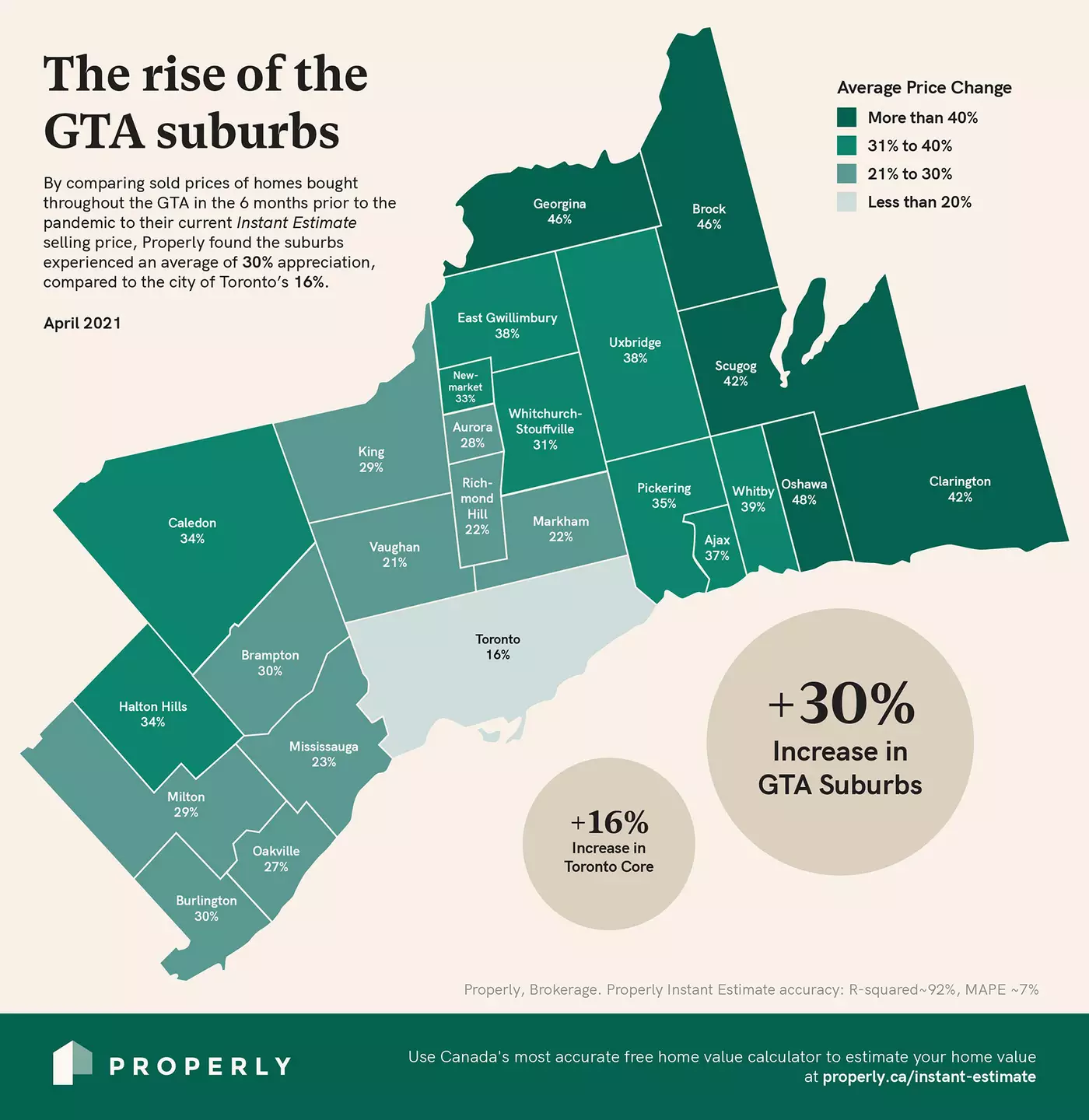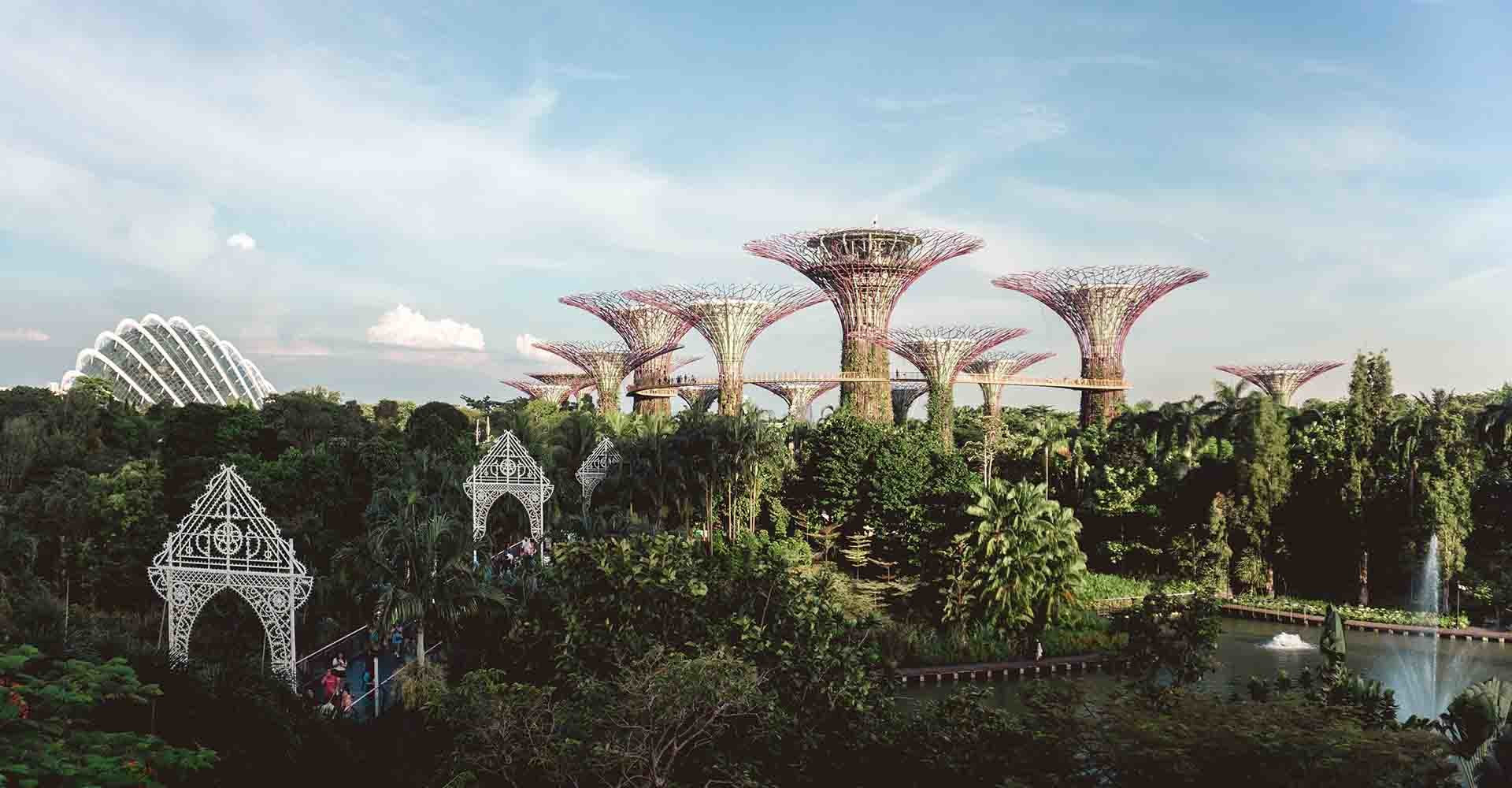Author | Tania AlonsoSingapore is a series of parks and green spaces. Vegetation starts out on the ground and reaches the very top of buildings, it grows on terraces and also inside houses and offices. But this has not always been the case.Just under 50 years ago, this city-state, which was then an emerging country, began a race to become one of the cleanest and greenest cities in the world. It is a success story recognised the world over.
A change of strategy
 “A two-stage plan, which will transform Singapore into ‘a beautiful garden city with flowers and trees, without waste and as neat and orderly as possible’ was announced today by the prime minister Lee Kuan Yew”, ‘The Straits Times’ communicated on 12 May 1967. This plan marked the start of the transformation of this small Asian city-state, which was a dirty and highly polluted city, into a green and sustainable model.
“A two-stage plan, which will transform Singapore into ‘a beautiful garden city with flowers and trees, without waste and as neat and orderly as possible’ was announced today by the prime minister Lee Kuan Yew”, ‘The Straits Times’ communicated on 12 May 1967. This plan marked the start of the transformation of this small Asian city-state, which was a dirty and highly polluted city, into a green and sustainable model.
The first stage consisted of removing rubbish from the streets (“often the result of lack of public awareness and apathy”, in the words of the prime minister). The second, educating people. At the time, this newspaper indicated, it was normal to throw rubbish out of windows or into public drainage systems, or to see street vendors and motorists simply throw rubbish out of vehicles.
In order to implement these measures, new laws had to be created, such as the one establishing that each household and business had to have a rubbish bin (more than half the households in the city did not own one) or the law that increased taxes for those that generated more waste.On 12 May 1967, ‘The Strait Times’ already indicated why this transformation was necessary. Firstly, it would improve public health by reducing the number of mosquitos, flies and diseases.
“There is no choice but to have an efficient cleaning service, given the tropical climate of Singapore, which encourages waste decomposition and the high density of its population”, this same newspaper indicated 12 years later.The government’s second reason was to attract tourism to a cleaner city, which would increase employment rates and the interest of foreign investors in Singapore.
The start of a garden-city
 The projects to clean the streets, the drainage system and the Singapore river, which gradually changed and were adapted in subsequent decades, were completed together with others to increase green spaces.The ‘Singapore, garden-city’ project (which was later renamed ‘Singapore, a city in a garden’) was based on an initial premise: to improve the quality of life of inhabitants introducing vegetation into public spaces. At the end of 1970, more than 55,000 new trees had been planted and, by 1971, a tree planting day was inaugurated, an annual event that involved huge numbers of people.
The projects to clean the streets, the drainage system and the Singapore river, which gradually changed and were adapted in subsequent decades, were completed together with others to increase green spaces.The ‘Singapore, garden-city’ project (which was later renamed ‘Singapore, a city in a garden’) was based on an initial premise: to improve the quality of life of inhabitants introducing vegetation into public spaces. At the end of 1970, more than 55,000 new trees had been planted and, by 1971, a tree planting day was inaugurated, an annual event that involved huge numbers of people.
The transformation was also reflected in laws such as the Parks and Trees Act’, enacted in 1975. This required government and private agencies to reserve spaces for trees and vegetation in their projects and buildings. The list did not end here: the number of parks and natural spaces increased, campaigns such as the ‘Clean and green week’ were introduced and citizens’ environmental and ecological education was improved.As a result, the city has seen its green areas continue to grow. A large network of tree-covered and pedestrian corridors connecting parks with one another and the number of new trees increased from approximately 158,600 in 1974 to 1.4 million in June 2014.
Eco-friendly building and vertical gardens
As these green spaces grew, so did the population of Singapore. This posed a challenge, since the city-state has a high population density: today, Singapore has a population of over five million in less than 700 square kilometres.The solution to continue creating green spaces despite the increased population was to combine architecture and vegetation. Green building has been mandatory since 2008 in Singapore. It is normal to find plants on the top and the sides of buildings (like cascading gardens) and also inside the buildings. Behind measures such as these, is Cheong Koon Hean, who was the first woman to head Singapore’s urban development agency.
One of the finest examples of the union between architecture and nature on the island is the Jewel Changi airport. The last extension, designed by the architect Moshe Safdie, combines natural light, water and green spaces.Another good example are the supertrees, 50-metre tall artificial trees located in the famous Gardens at the Bay. These structures offer a light show (powered by solar energy) and also have more than 150,000 real plants embedded on its sides.
Change of perspective
“In many countries, short-term approaches have prioritised economic development over the environment. A change of mentality was needed”, according to Masagos Zulkifli, Minister for the Environment and Water Resources of Singapore. “Our approach has been to build a habitable and sustainable city through a pragmatic policy, based on solid economic and scientific principles, a long-term planning approach and the effective implementation and capacity to gain the support of the people for the public interest.
Many of his measures, such as the integration of sustainable infrastructures and increasing green spaces in the city, may help to achieve various UN Sustainable Development Goals. For example, reducing cities’ negative environmental impact per capita: the presence of trees and green areas contributes to the reduction of carbon dioxide emissions into the atmosphere and the effects of the urban heat island.
One of Singapore’s main strengths in following this line of action in the future is the environmental awareness of its citizens. For Lim Liang Jim, director of the National Parks Board’s National Biodiversity Centre, educating young people is essential in order to maintain the achievements reached in the city-state: “If in the future someone says ‘let’s not think about green, let’s build’, a significant portion of the population will act as informed advocates for nature’s conservation and green spaces”. Images | Yeo Khee, Lita Ruza, Kenneth Koh, Victor























































